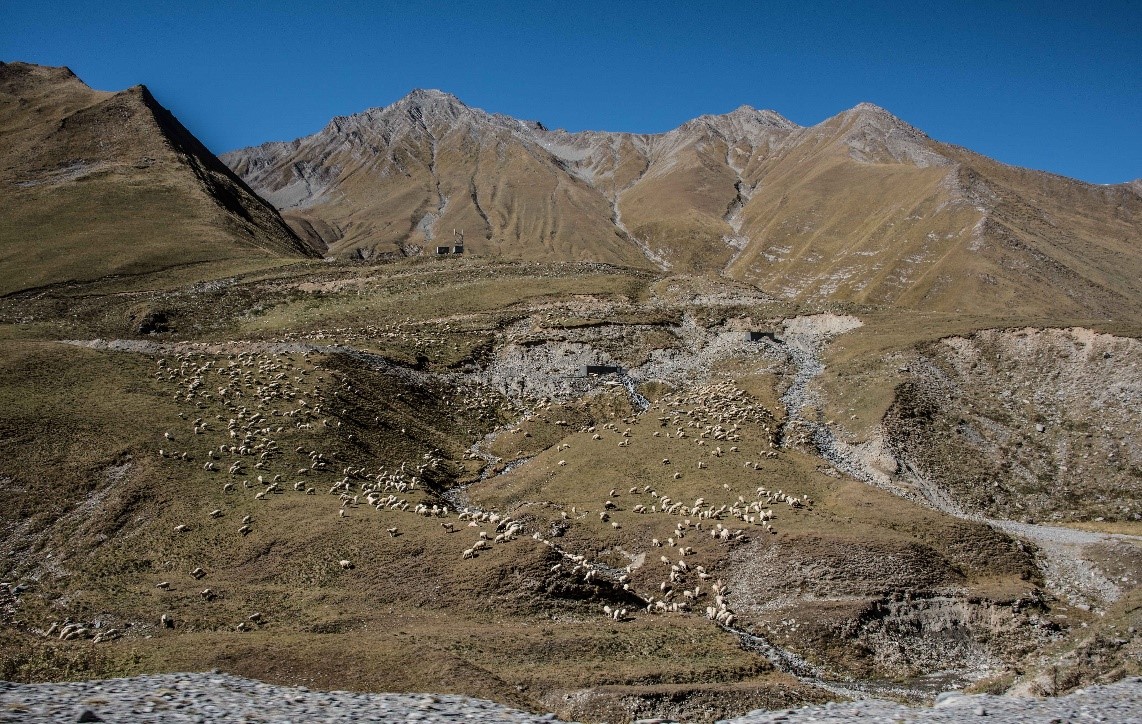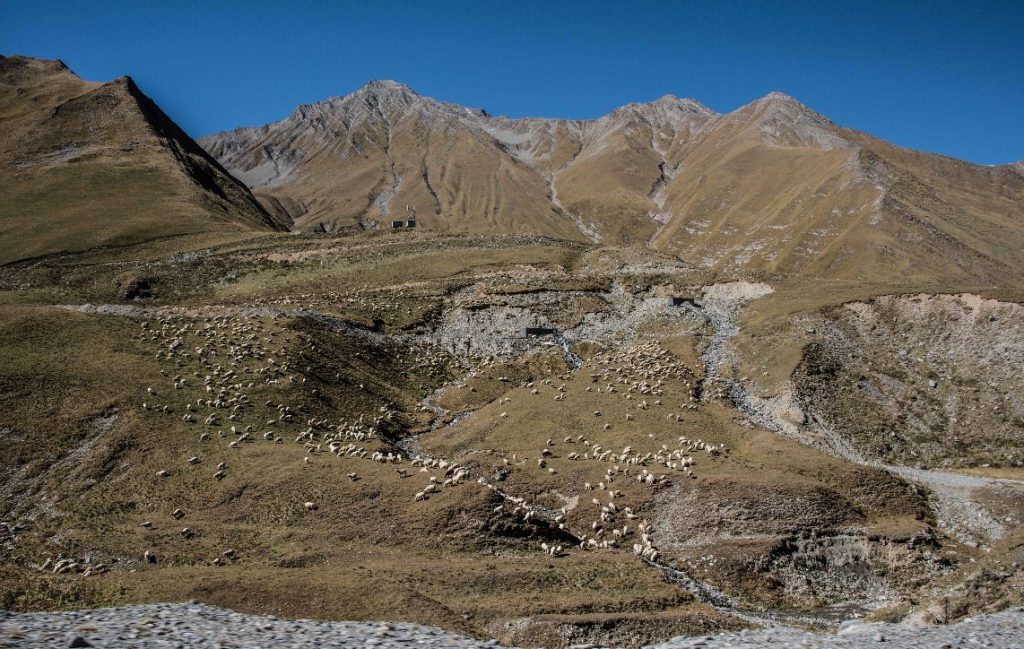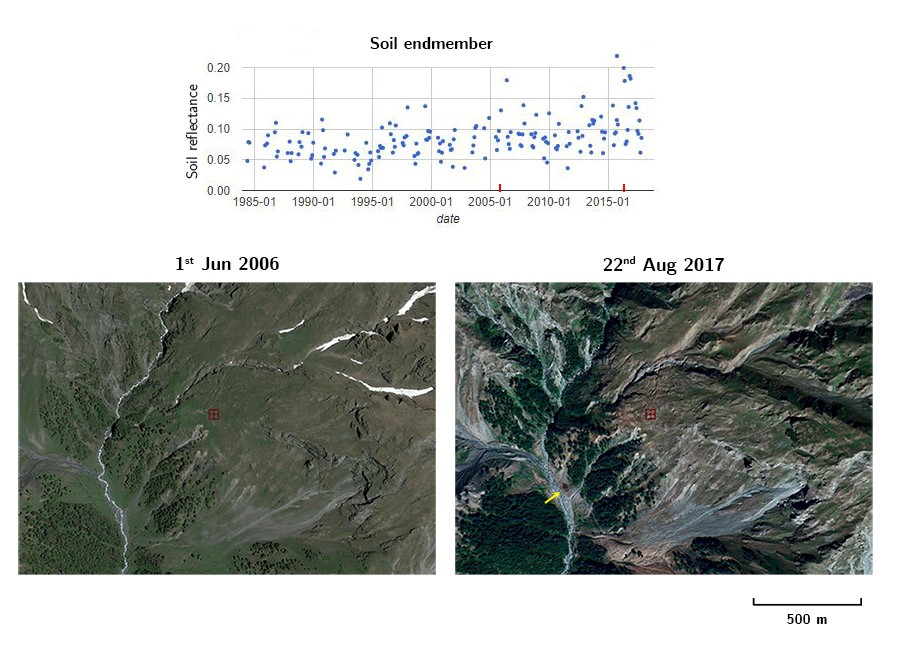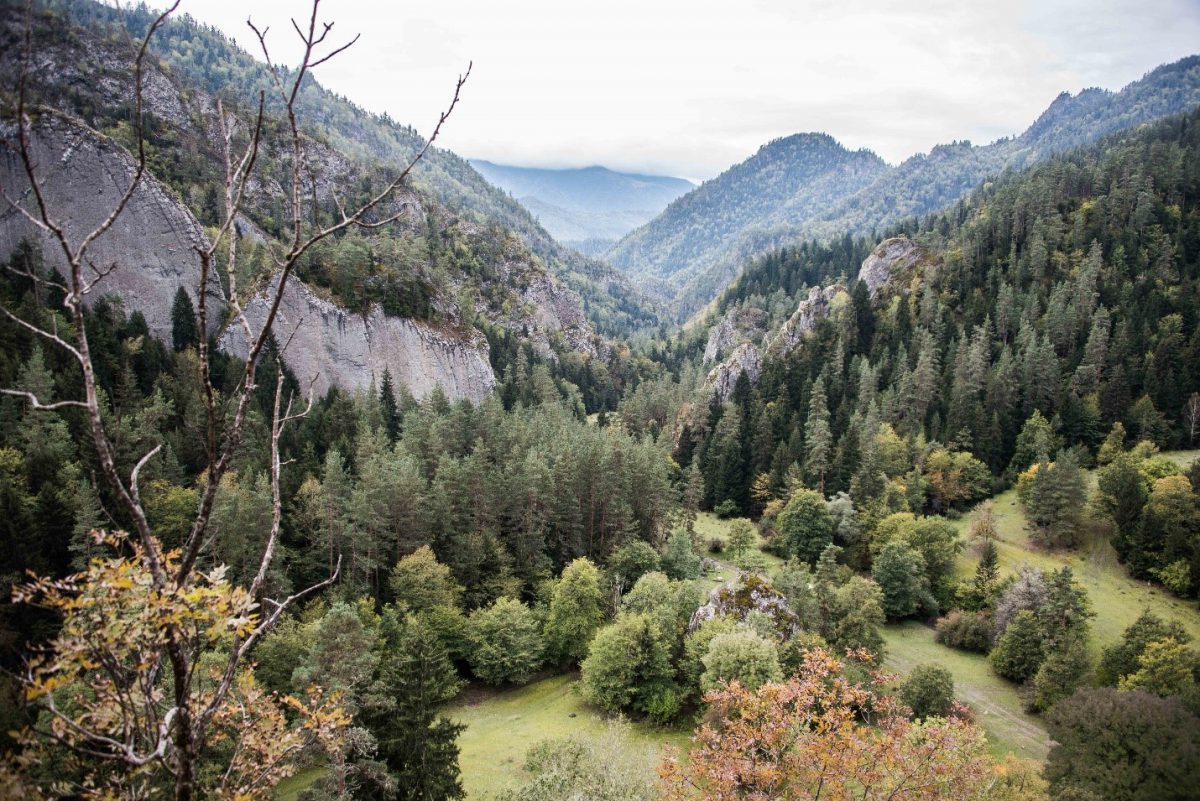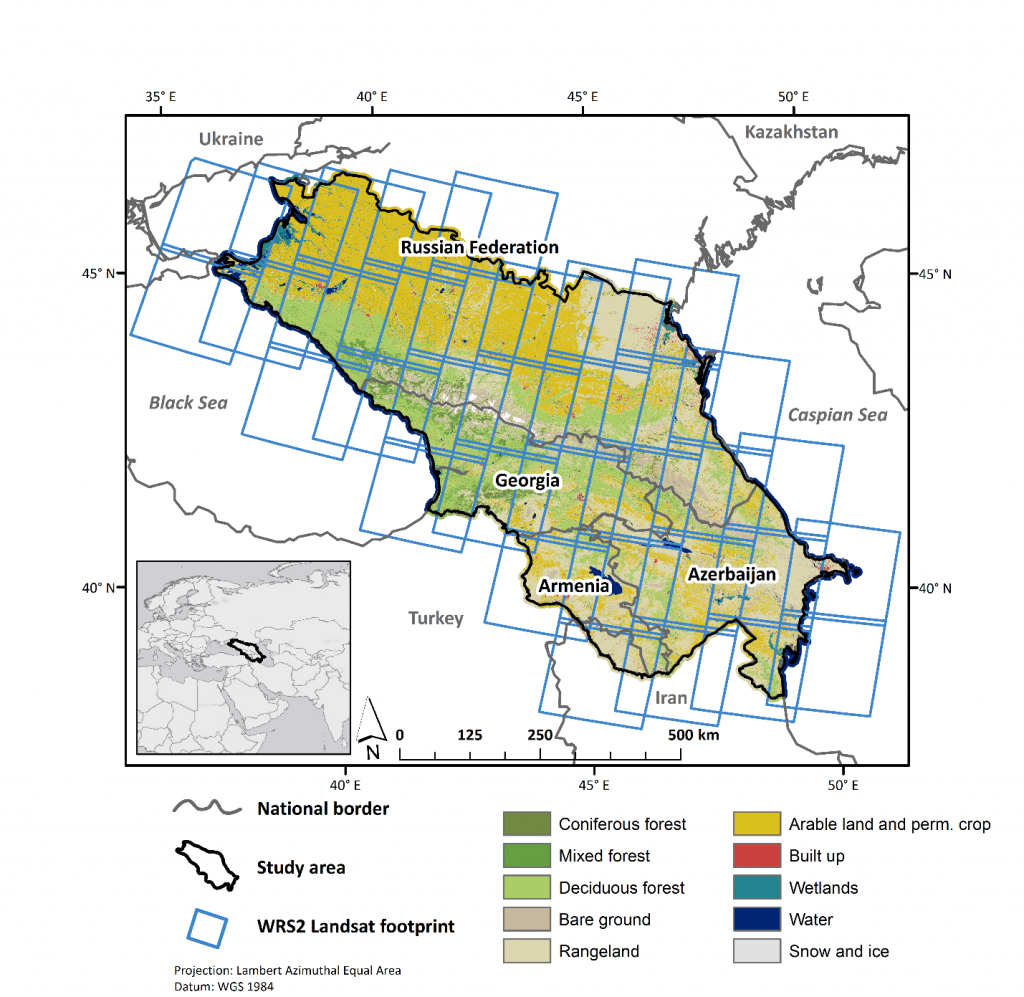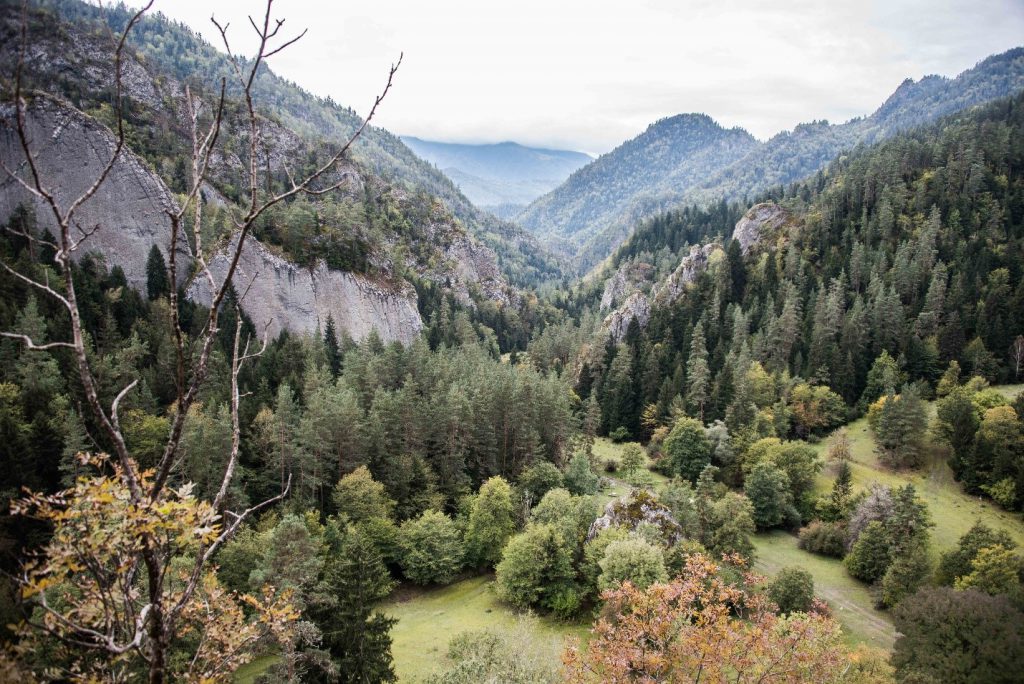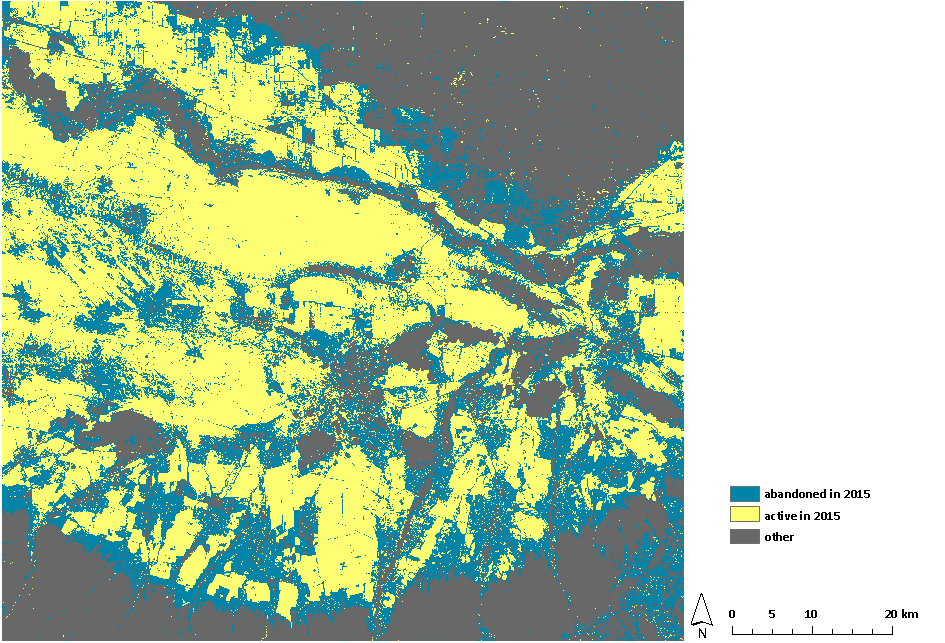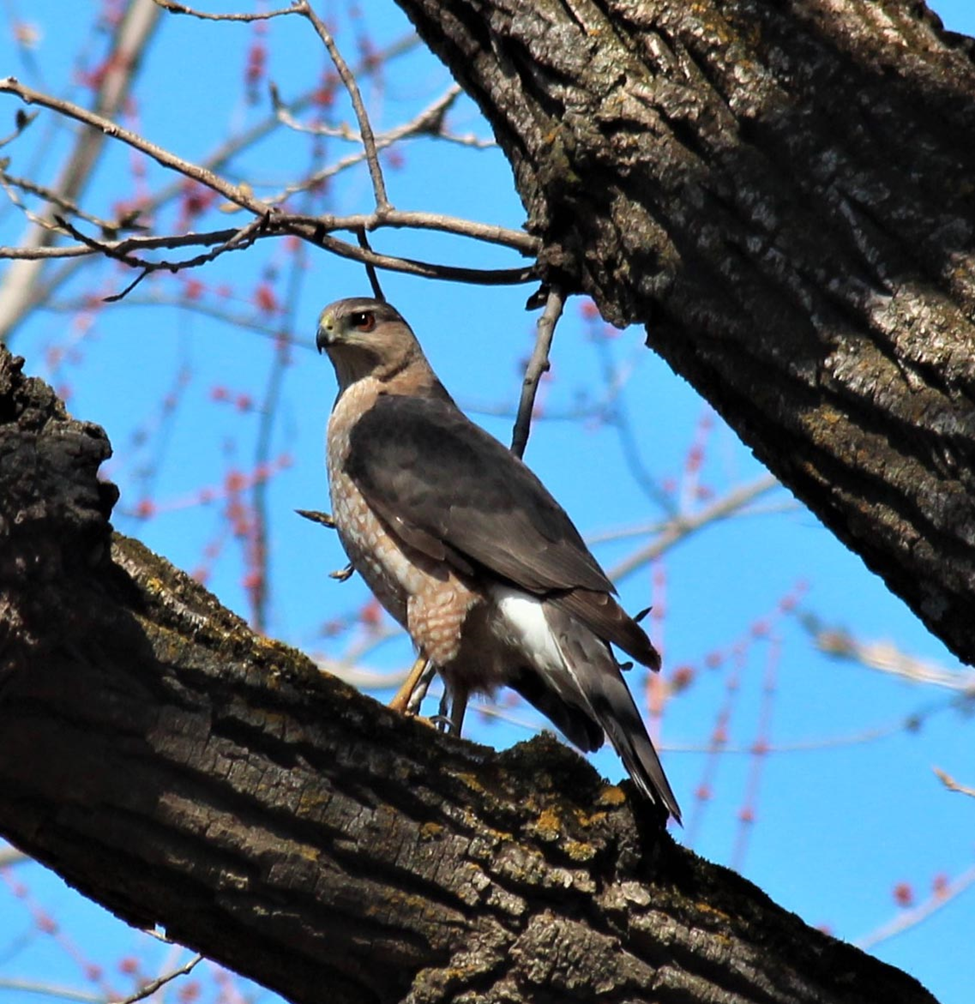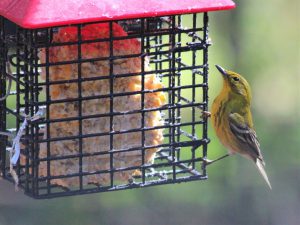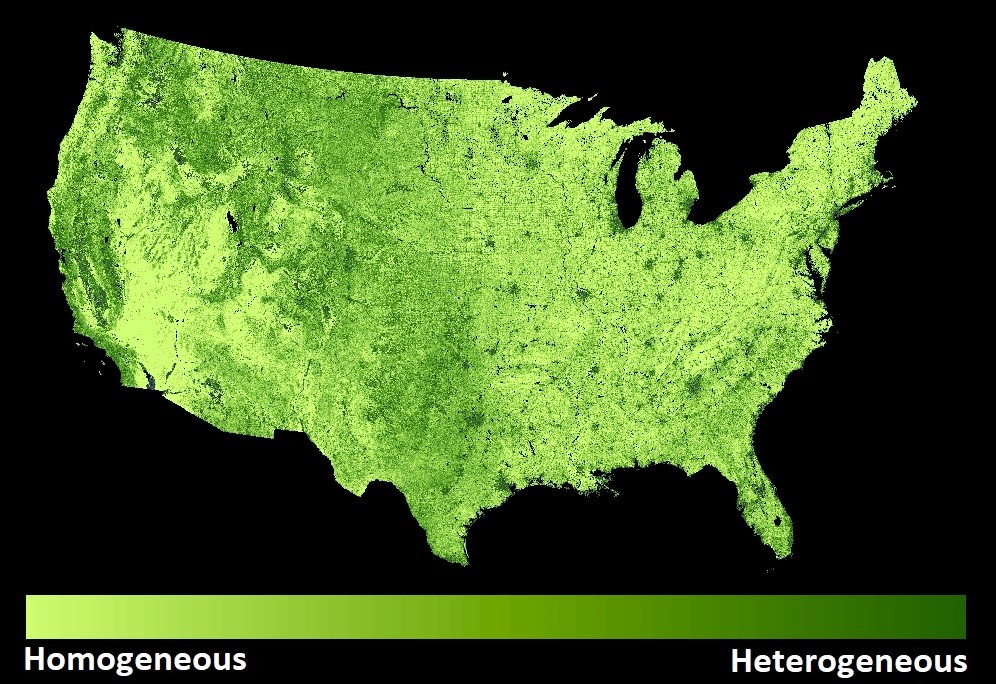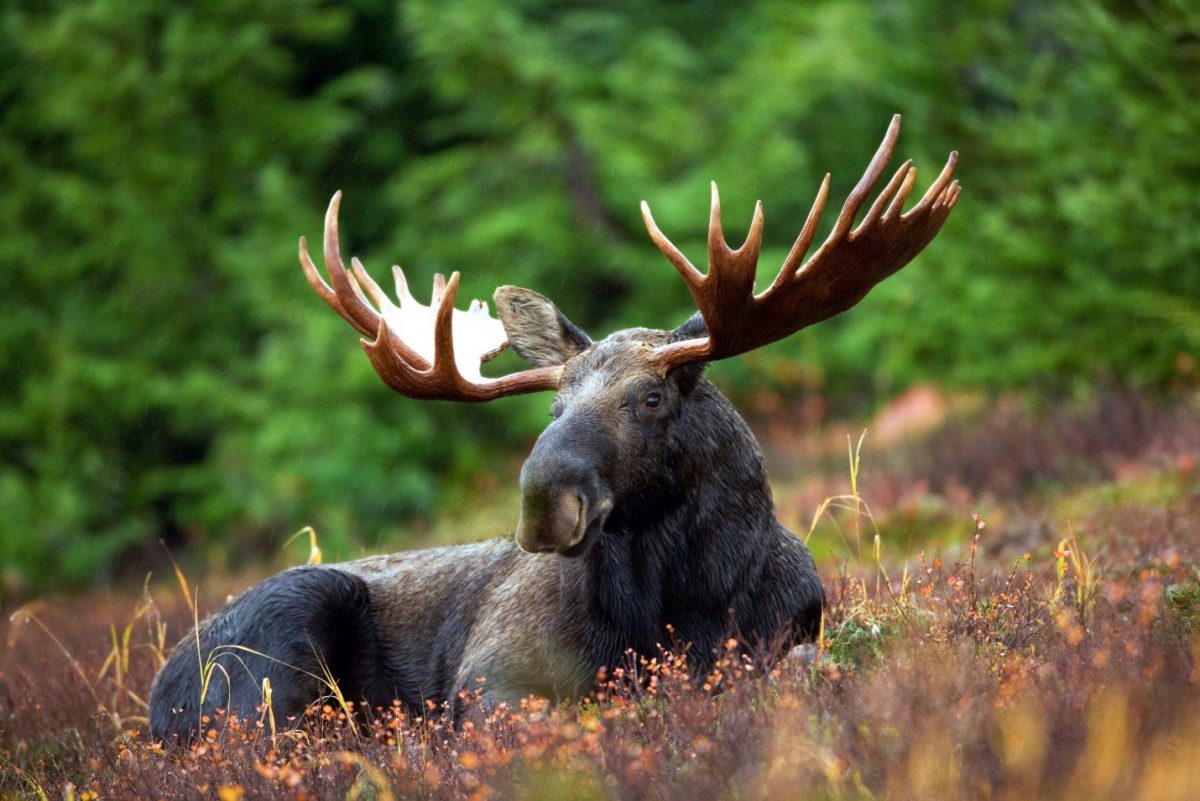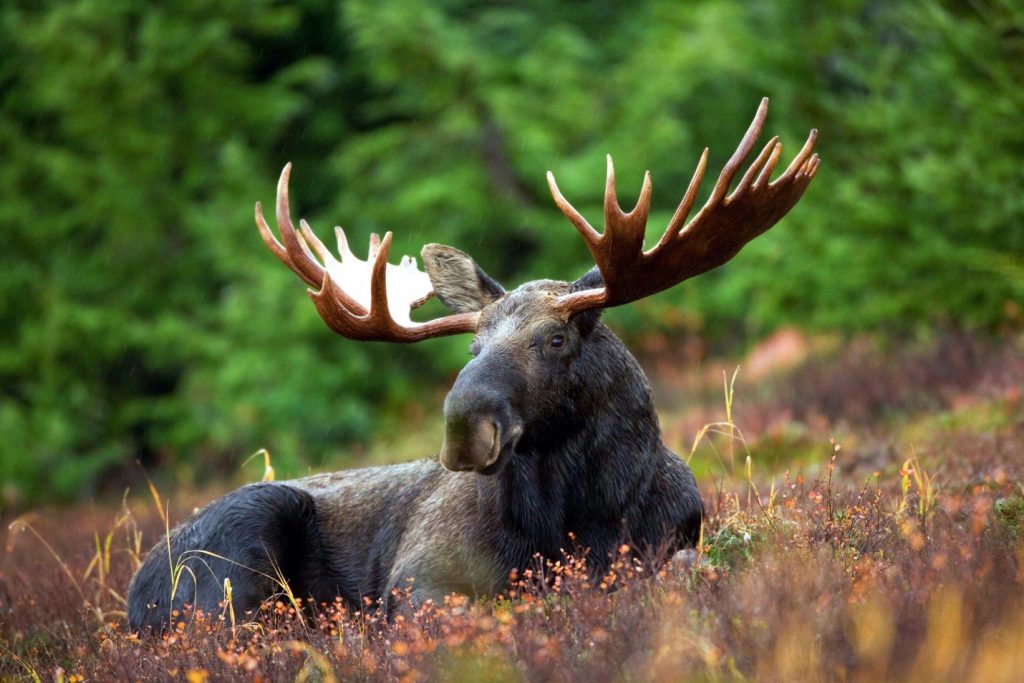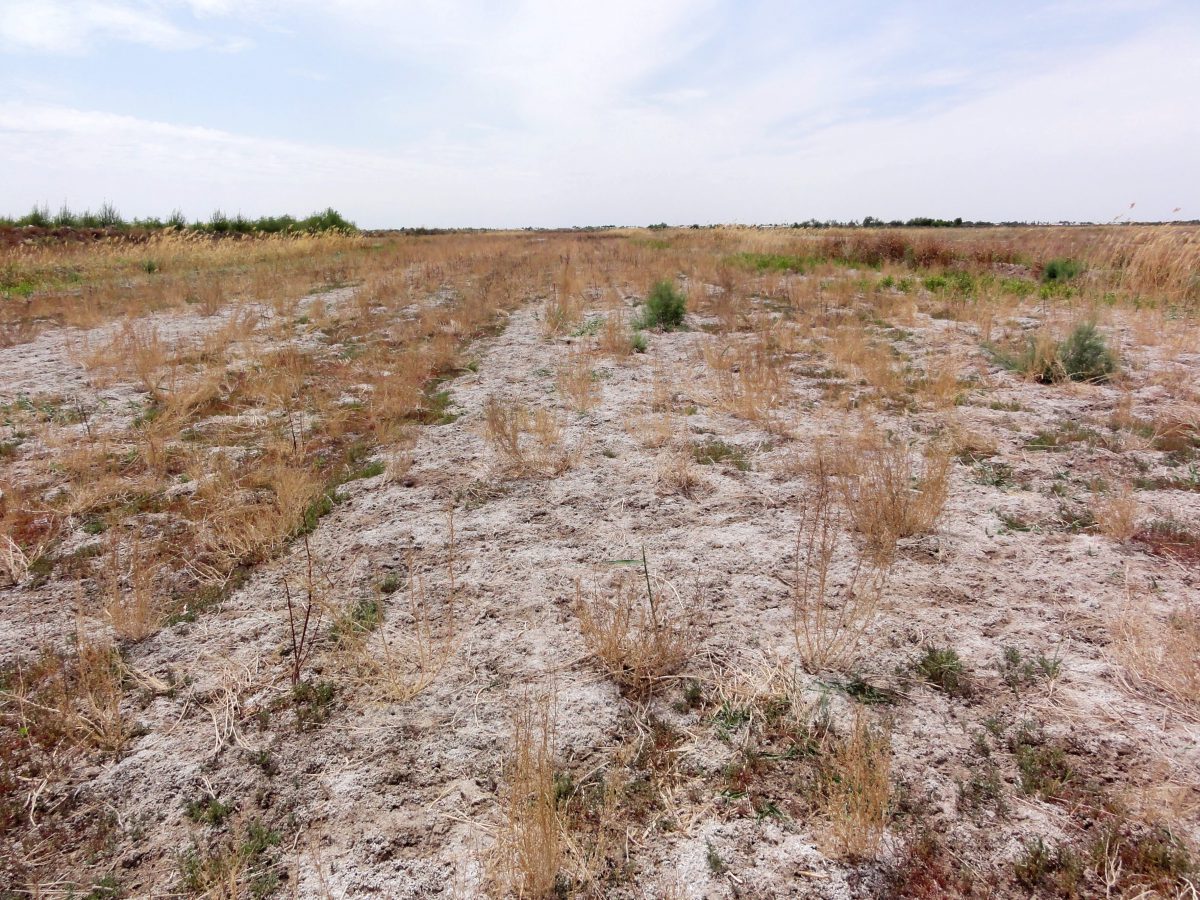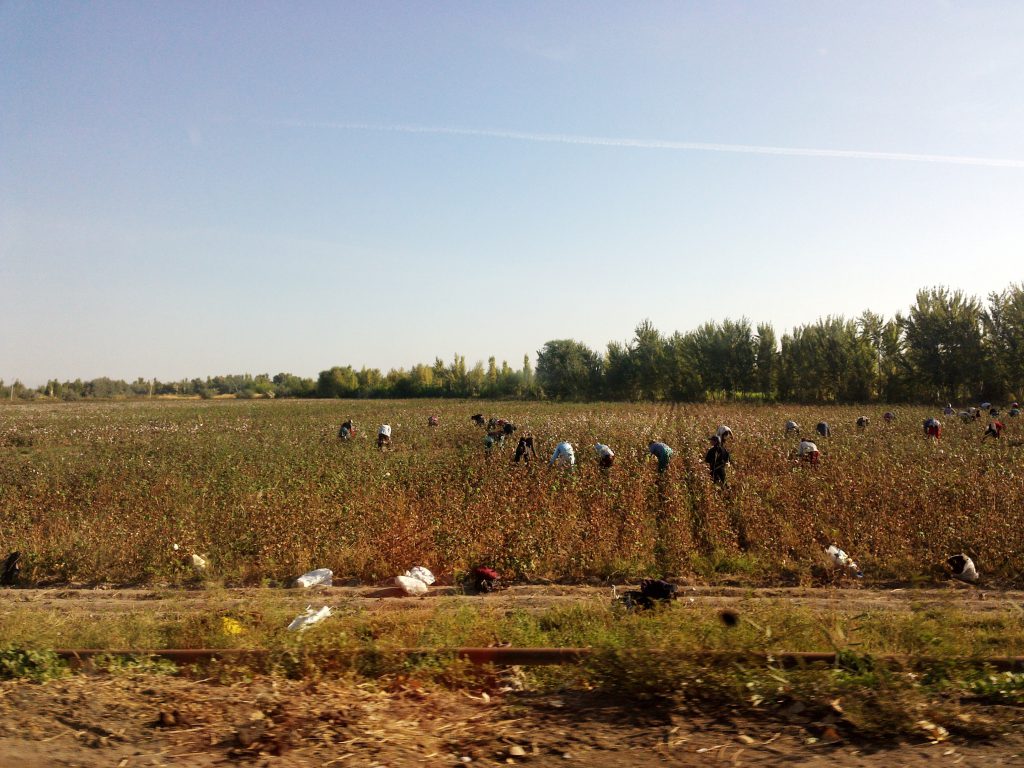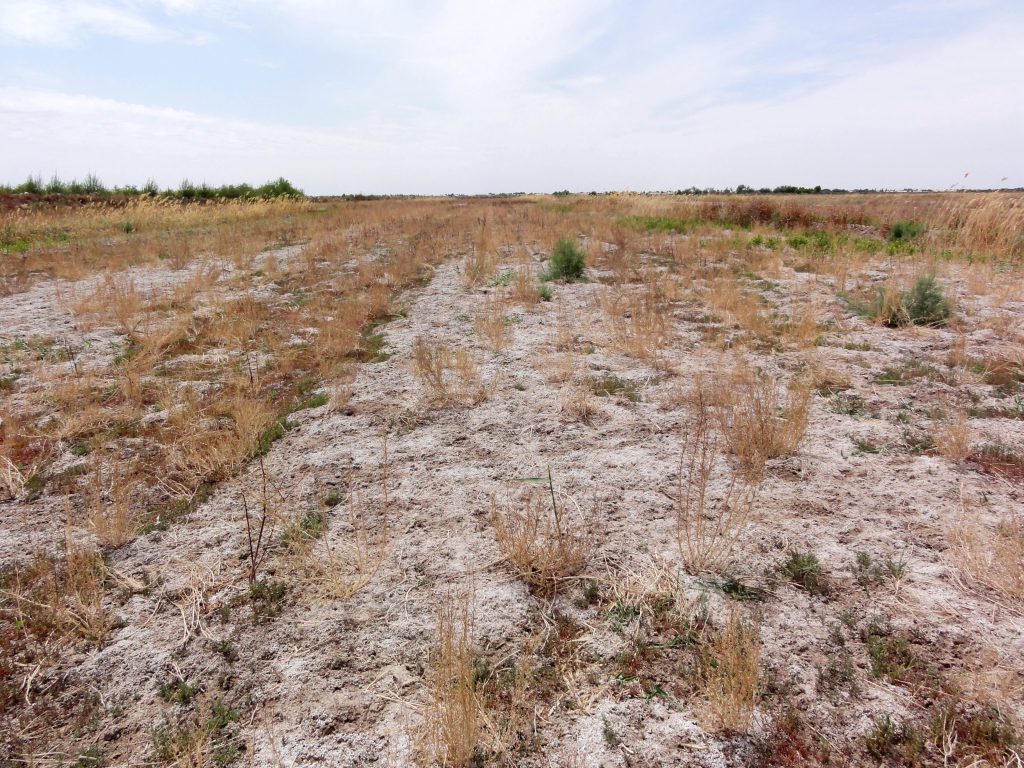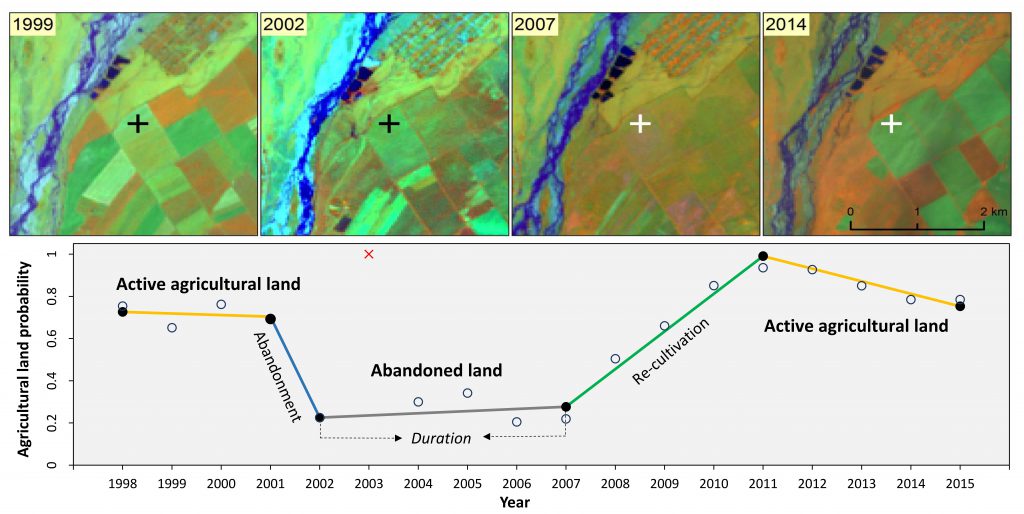Biodiversity science and conservation alike require environmental indicators to understand species richness and predict species distribution patterns. The Dynamic Habitat Indices (DHIs) are a set of three indices that summarize annual productivity measures from satellite data for biodiversity applications, and include: a) cumulative annual productivity; b) minimum annual productivity; and c) variation in annual productivity. At global scales and in temperate regions the DHIs predict species diversity patterns well, but the DHIs have not been tested in the tropics, where higher levels of productivity lead to the saturation of many remotely sensed vegetation indices. Our goal was to explain bird species richness patterns based on the DHIs in tropical areas. We related the DHIs to species richness of resident landbirds for five guilds (forest, scrub, grassland, generalist, and all resident birds) based on a) species distribution model (SDM) maps for 217 species, and b) range map for 564 species across Thailand. We also quantified the relative importance of the DHIs in multiple regression models that included two measures of topography, and two climate metrics using multiple regression, best-subsets, and hierarchical partitioning analyses. We found that the three DHIs alone explained forest bird richness best (R2adj 0.61 for both SDM- and rangemap based richness; 0.15–0.54 for the other guilds). When combining the DHIs with topography and climate, the richness of both forest birds and all resident bird species was equally well explained (R2adj 0.85 and 0.67 versus 0.81 and 0.68). Among the three DHIs, cumulative annual productivity had the greatest explanatory power for all guilds based on SDM richness maps (R2adj 0.54–0.61). The strong relationship between the DHIs and bird species richness in Thailand suggests that the DHIs capture energy availability well and are useful in biodiversity assessments and potentially bird conservation in tropical areas.
Tropical bird species richness is strongly associated with patterns of primary productivity captured by the Dynamic Habitat Indices
Biodiversity science and conservation alike require environmental indicators to understand species richness and predict species distribution patterns. The Dynamic Habitat Indices (DHIs) are a set of three indices that summarize annual productivity measures from satellite data for biodiversity applications, and include: a) cumulative annual productivity; b) minimum annual productivity; and c) variation in annual productivity. At global scales and in temperate regions the DHIs predict species diversity patterns well, but the DHIs have not been tested in the tropics, where higher levels of productivity lead to the saturation of many remotely sensed vegetation indices. Our goal was to explain bird species richness patterns based on the DHIs in tropical areas. We related the DHIs to species richness of resident landbirds for five guilds (forest, scrub, grassland, generalist, and all resident birds) based on a) species distribution model (SDM) maps for 217 species, and b) range map for 564 species across Thailand. We also quantified the relative importance of the DHIs in multiple regression models that included two measures of topography, and two climate metrics using multiple regression, best-subsets, and hierarchical partitioning analyses. We found that the three DHIs alone explained forest bird richness best (R2adj 0.61 for both SDM- and rangemap based richness; 0.15–0.54 for the other guilds). When combining the DHIs with topography and climate, the richness of both forest birds and all resident bird species was equally well explained (R2adj 0.85 and 0.67 versus 0.81 and 0.68). Among the three DHIs, cumulative annual productivity had the greatest explanatory power for all guilds based on SDM richness maps (R2adj 0.54–0.61). The strong relationship between the DHIs and bird species richness in Thailand suggests that the DHIs capture energy availability well and are useful in biodiversity assessments and potentially bird conservation in tropical areas.
File: Suttidate_etal_RSE_TropicalBirds_DHI_2019.pdf
